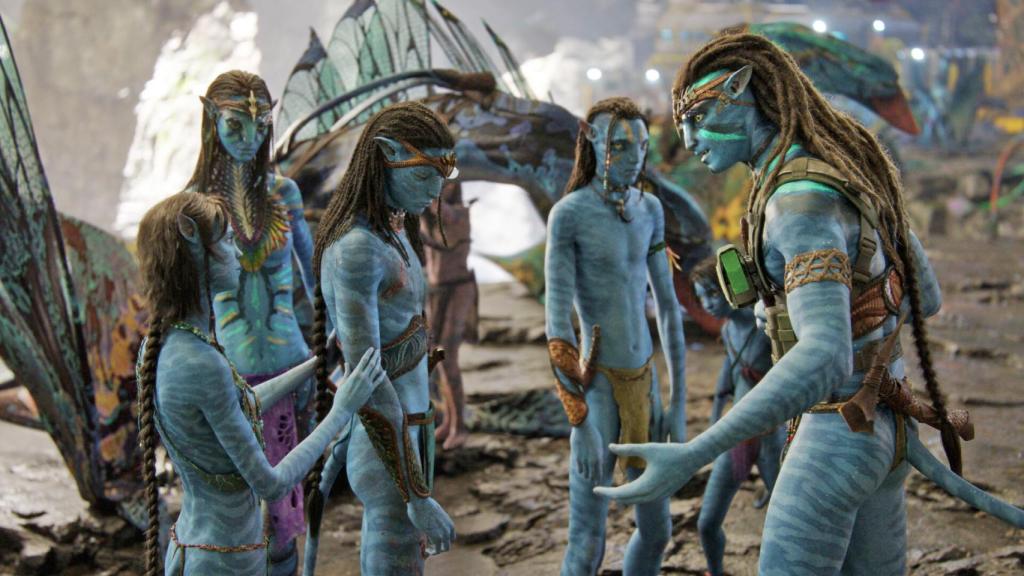Avatar (2009) – A Groundbreaking Cinematic Experience
James Cameron’s Avatar (2009) is a landmark film in the history of cinema, renowned for its revolutionary use of 3D technology, breathtaking visual effects, and powerful ecological and sociopolitical themes. Set in the mid-22nd century, the film transports audiences to the lush and alien world of Pandora, a distant moon inhabited by the Na’vi, a humanoid species that lives in harmony with nature. The story follows Jake Sully, a paraplegic former Marine played by Sam Worthington, who is given a chance to walk again through the use of an “avatar” — a genetically engineered Na’vi body controlled remotely by his consciousness.
Jake is initially part of a human mission, led by the Resources Development Administration (RDA), to extract a valuable mineral called unobtanium from Pandora’s rich landscape. However, as he integrates with the Na’vi tribe and falls in love with Neytiri, portrayed by Zoe Saldaña, he begins to see the destructive consequences of his own people’s actions. Torn between his duty to the RDA and his growing connection to the Na’vi and their spiritual world, Jake ultimately chooses to fight alongside them to protect their land from human exploitation.

Visually, Avatar was groundbreaking at the time of its release. Using cutting-edge motion capture technology and extensive CGI, Cameron and his team at Weta Digital brought the world of Pandora to life with stunning detail — from bioluminescent forests and floating mountains to exotic wildlife and richly imagined Na’vi culture. The film was released in both 2D and 3D formats, and its immersive visual experience was widely credited with reigniting public interest in 3D cinema. It became a global phenomenon, breaking numerous box office records and ultimately becoming the highest-grossing film of all time, a title it has regained multiple times through re-releases.
Thematically, Avatar explores the consequences of colonialism, environmental destruction, and the moral dilemmas of technological advancement. It draws clear parallels to real-world issues such as the displacement of indigenous populations, deforestation, and corporate greed. The Na’vi, with their deep spiritual connection to Eywa — the life force that connects all living things — represent a stark contrast to the technologically superior but morally compromised humans. Cameron uses this dichotomy to deliver a powerful message about the importance of respecting nature and embracing a more sustainable, interconnected worldview.
![]()
The performances in Avatar are enhanced by the seamless blend of live action and animation. Sam Worthington brings depth and vulnerability to Jake’s transformation from soldier to protector, while Zoe Saldaña’s portrayal of Neytiri is fierce, emotive, and unforgettable. Supporting roles by Sigourney Weaver as Dr. Grace Augustine, Stephen Lang as the ruthless Colonel Quaritch, and Giovanni Ribisi as the corporate villain Parker Selfridge add further complexity to the film’s narrative.

In conclusion, Avatar is much more than a visual spectacle; it is a cinematic experience that combines technological innovation with storytelling ambition. James Cameron’s vision created a fully realized world that captivated audiences around the globe and sparked conversations about the future of the planet. Over a decade later, the film’s legacy endures, and its influence can be seen in both the continued evolution of visual effects and the broader cultural discourse on environmentalism and empathy.

